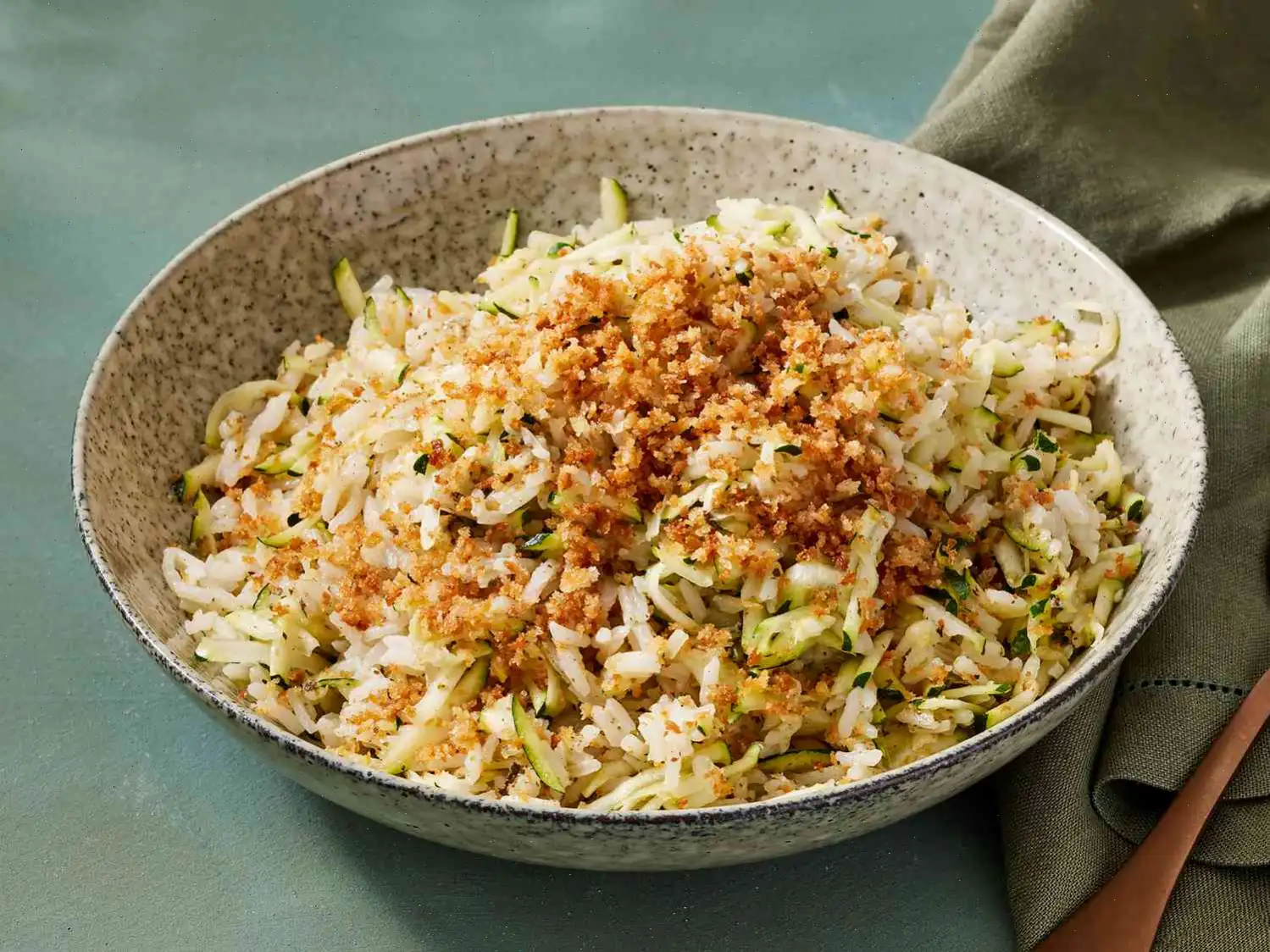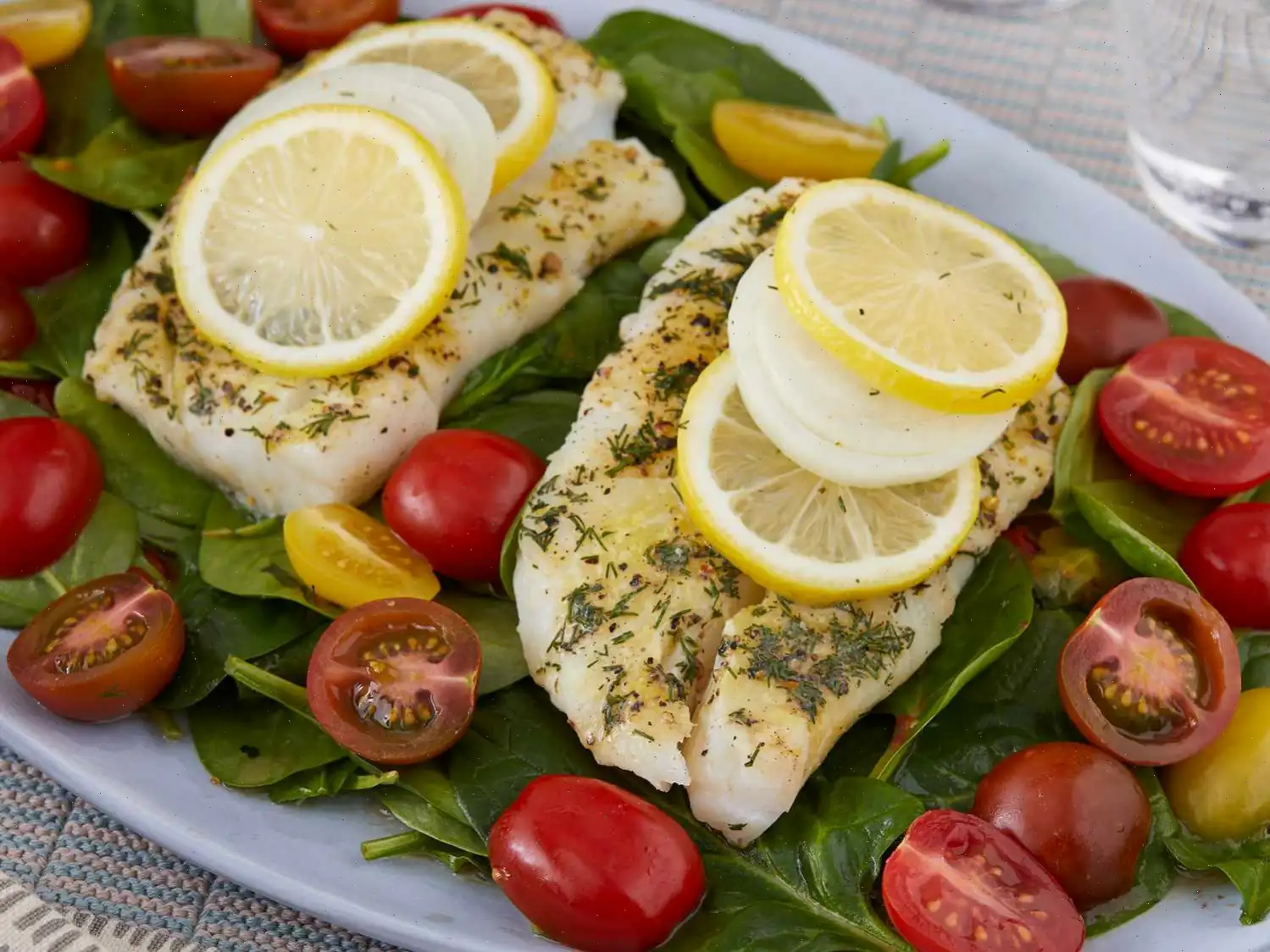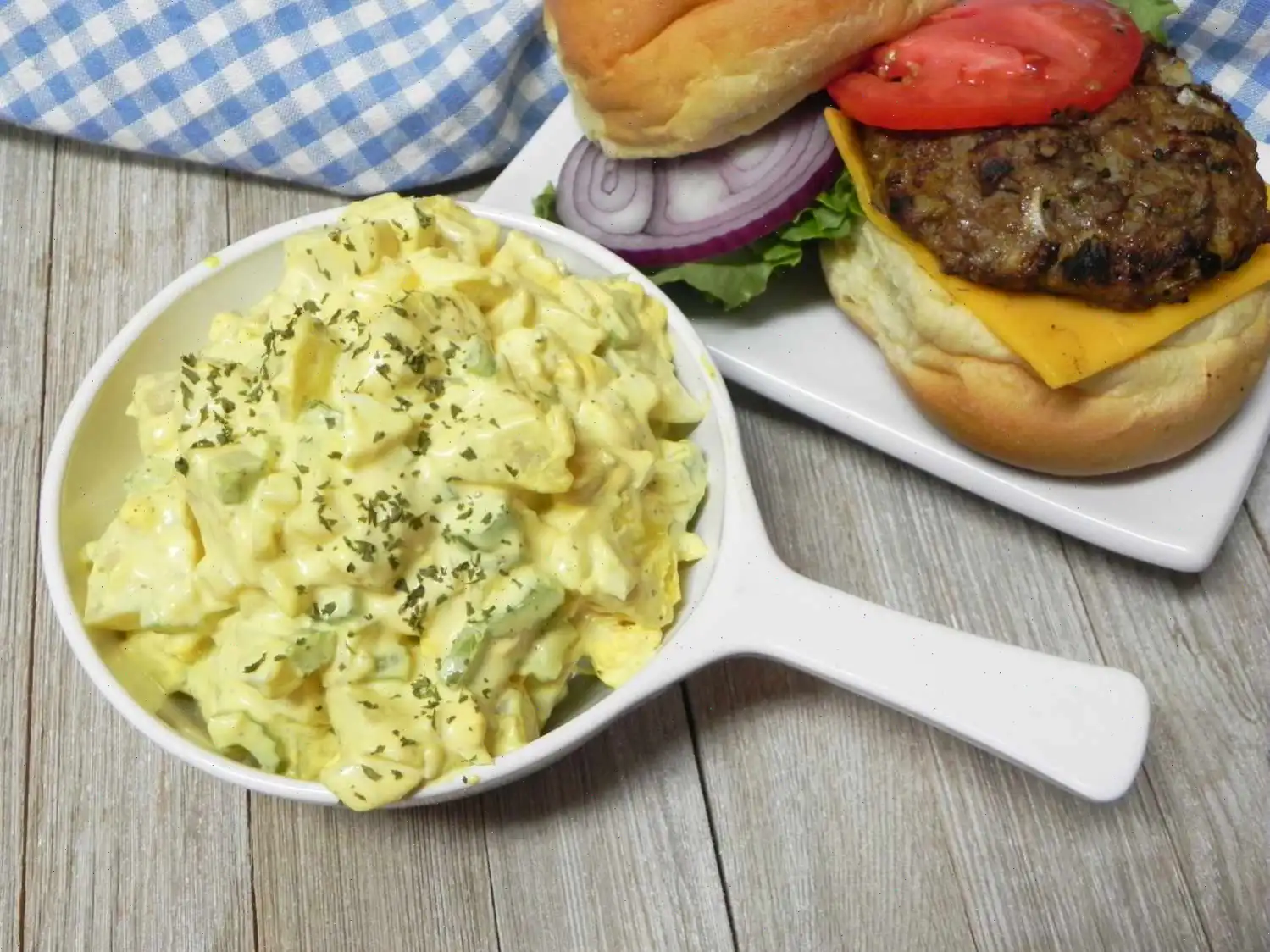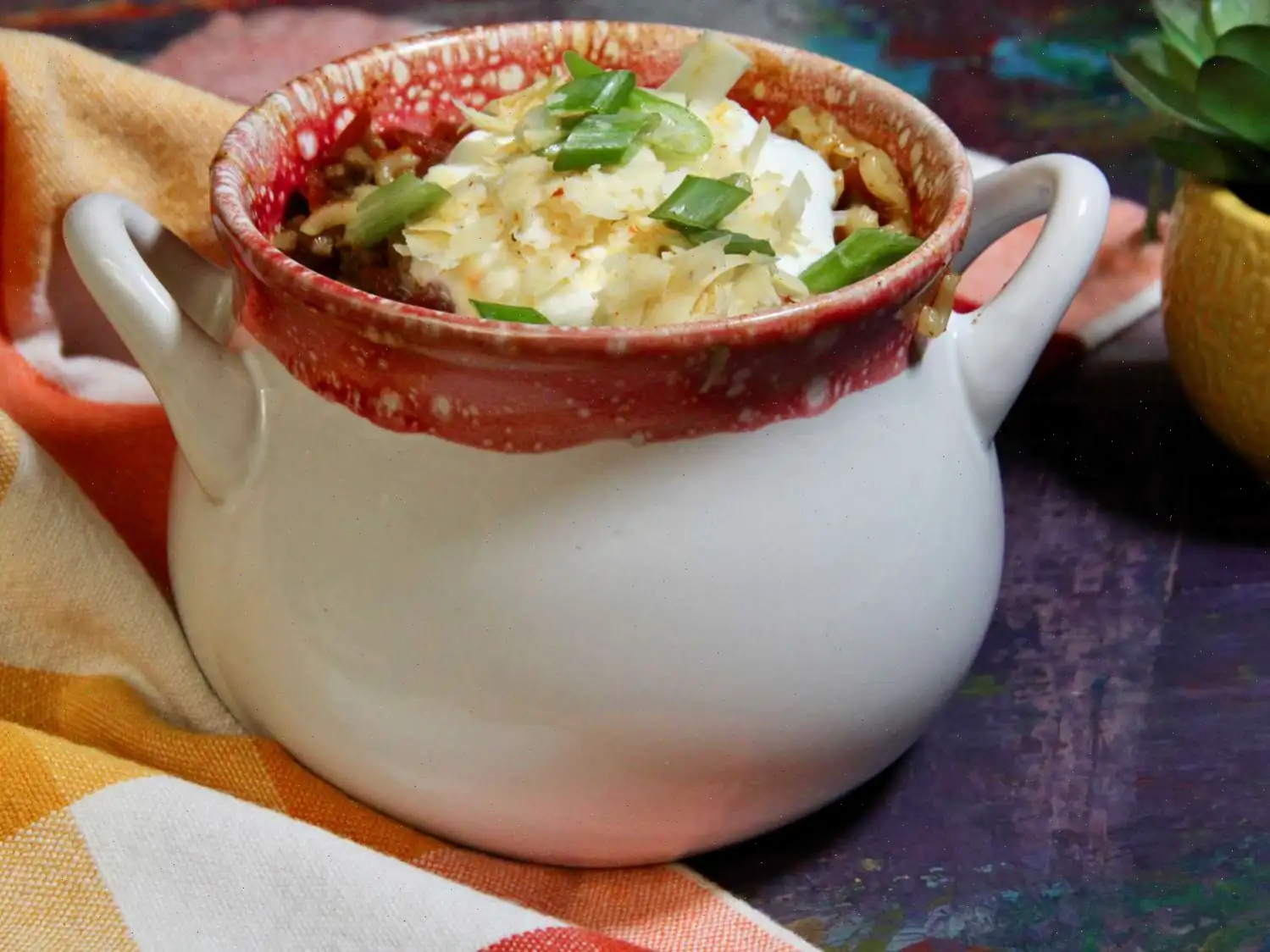
Creamy Sausage Pasta Recipe
Ingredients
- 3 tablespoons olive oil, or as needed
- 3 large garlic cloves, minced
- 1 pound mild Italian sausage
- 5 fluid ounces white wine, such as Sauvignon Blanc or Pinot Grigio
- 5 ounces heavy whipping cream
- 8 ounces penne or rigatoni pasta
- Salt and freshly ground black pepper, to taste
- 1/4 cup grated Parmesan cheese, divided
- Fresh parsley, to taste
Directions
- Bring a large pot of salted water to a boil. Cook pasta until tender with a bite, about 9 to 11 minutes. Reserve 1 cup of pasta water, then drain the pasta.
- While the pasta is cooking, heat olive oil in a skillet over medium heat. Add sausage and cook, breaking it up with a spatula until it starts to brown, about 7 minutes.
- Add the minced garlic to the skillet. If the skillet seems dry, add a little more olive oil. Stir the garlic and cook for about 1 minute.
- Pour in the white wine and use a spoon to scrape up any browned bits from the bottom of the skillet. Let the wine simmer and reduce by about half.
- Once the wine has reduced, add the reserved pasta water and half of the Parmesan cheese. Stir well to combine.
- Next, pour in the heavy cream and stir until everything is well incorporated. Season with salt and freshly ground black pepper to taste. Let the mixture cook for an additional minute.
- Stir in the cooked pasta, making sure its well coated with the sauce. Taste and adjust seasoning if necessary.
- Sprinkle in the remaining Parmesan cheese and stir until the pasta is creamy and coated in sauce.
- Serve immediately, garnished with fresh parsley. Enjoy your delicious pasta dish!
Nutrition Facts (per serving)
| Calories | 756 |
| Total Fat | 57g (73% DV) |
| Saturated Fat | 23g (113% DV) |
| Cholesterol | 112mg (37% DV) |
| Sodium | 1043mg (45% DV) |
| Total Carbohydrate | 26g (9% DV) |
| Dietary Fiber | 1g (4% DV) |
| Total Sugars | 4g |
| Protein | 28g (56% DV) |
| Vitamin C | 2mg (3% DV) |
| Calcium | 115mg (9% DV) |
| Iron | 3mg (15% DV) |
| Potassium | 458mg (10% DV) |
* Percent Daily Values are based on a 2,000 calorie diet. Your daily values may be higher or lower depending on your calorie needs.
The Story Behind Creamy Sausage Pasta
Creamy Sausage Pasta, often associated with Italian home cooking, traces its roots back to the rustic kitchens of Umbria, a region in central Italy. The dish evolved from Pasta alla Norcina, traditionally made with black truffle and local pork sausage. Originally, it was a hearty meal for farmers and villagers, designed to provide warmth and sustenance after a long day of work. Over time, variations spread across Italy and beyond, adapting to local ingredients and tastes while maintaining its signature creamy texture and savory flavor.
Regional Variations
In Umbria, the recipe often includes fresh truffles, giving it a distinctive earthy aroma. In southern Italy, chefs sometimes incorporate spicy Calabrian sausage for an extra kick, while in northern regions, the creaminess is emphasized with butter and heavy cream rather than wine reductions. Outside Italy, the dish frequently features readily available Italian sausages and commonly used pasta shapes like penne or rigatoni, demonstrating a flexible approach that retains the core flavors while reflecting regional ingredient availability.
How It Differs From Similar Dishes
While Creamy Sausage Pasta shares some similarities with Carbonara or Alfredo, it stands out due to the use of Italian sausage as the main protein rather than pancetta or chicken. The combination of wine, cream, and Parmesan creates a balance of acidity, richness, and umami, which is distinct from the egg-based sauces of Carbonara or the butter-heavy sauces of Alfredo. This makes the dish uniquely savory and aromatic, appealing to those who enjoy bold, meaty flavors in a comforting pasta format.
Where It Is Typically Served
Creamy Sausage Pasta is commonly served as a main course in Italian trattorias and casual family dinners. Its versatile enough to appear at festive gatherings or weeknight meals alike. In restaurants, it may be garnished with fresh herbs and grated Parmesan, while at home, it often comes paired with a simple green salad and crusty bread to soak up the creamy sauce. Its rich flavor profile and ease of preparation make it a popular choice for both special occasions and everyday indulgence.
Interesting Facts
- The dish can trace inspiration to medieval Italian peasant cooking, which focused on hearty, affordable ingredients.
- It has become a popular adaptation in the United States, where Italian sausage and cream are widely available, highlighting how traditional recipes evolve abroad.
- Although often made with penne or rigatoni, any tubular pasta can be used, as the shape helps the sauce cling to the noodles.
- Pairing the pasta with a crisp white wine such as Sauvignon Blanc enhances the flavor contrast between creamy sauce and savory sausage.
- Some modern chefs add vegetables like spinach or sun-dried tomatoes, creating a variation that balances richness with freshness.
Creamy Sausage Pasta remains a beloved example of Italian comfort food: simple to prepare, rich in flavor, and deeply connected to its regional heritage. Its adaptability and satisfying taste continue to make it a staple on dinner tables worldwide.
FAQ about Creamy Sausage Pasta Recipe
Comments
Maria Williams
01/03/2024 06:22:21 PM
My family absolutely adored this recipe! It was incredibly tasty. I substituted chicken broth for wine as I didn't have any wine available. The sausage really elevated the dish. I topped the pasta with diced tomatoes and chopped green onions for an extra burst of flavor.








